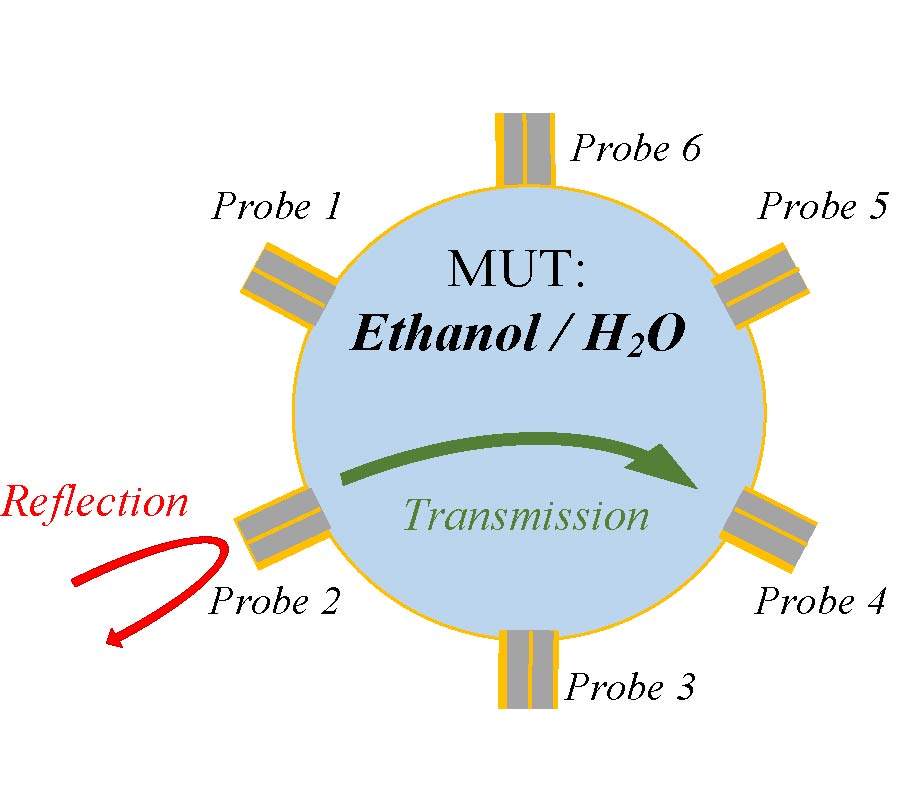Research on Identifying Life States by Analyzing Physiological Raw of Rabbits Under Typical Post-Disaster Rescues
Zhao Li
,
Yangyang Ma
,
Fu Gui Qi
,
Fulai Liang
,
Xiao Yu
,
Yang Zhang
,
Jianqi Wang
and
Guohua Lu
Contactless identifying different life states can result in improved rescue strategies in post-disaster rescues (such as earthquake and mine accident). If the buried targets are identified extremely endangered with very poor life states, the rescuing principles should be time first. Conversely, if the life states of the buried targets are relatively good, more reliable and safer methods should be given priority although they may cost a little more time. Unfortunately, there are few corresponding reports in life states identification, and current researches mainly focus on detecting or locating under penetration condition. This paper conducts a research on the change laws of physiological parameters of six New Zealand white rabbits, 3 females and 3 males. Experimental condition is under water and food deprivation to simulate one of the typical trapped situations of buried targets in post-disaster rescuing missions. Respiration is synchronously detected by an ultra-wideband (UWB) system in non-contact and an RM6240E system in contact. Heart rate, weight, and anal temperature are measured in contact measurement meanwhile. Over the time under water and food deprivation condition, there are typical and regular varieties in the respiration waveforms and heart rate values, which provide the possibility to identify different life states. Particularly, the respiration waveform changes in UWB radar signals are envisioned to be applied in practical post-disaster rescue where only UWB radar can penetrate ruins through penetrating measurement method.



















